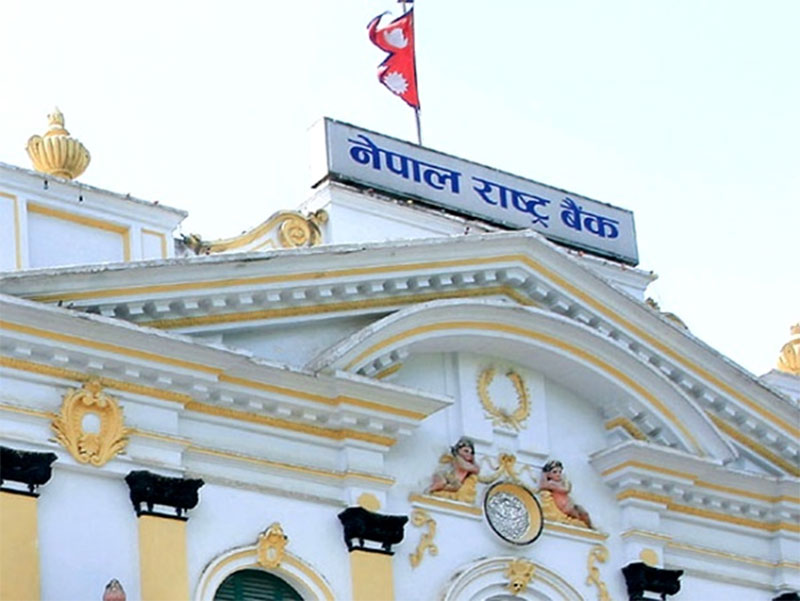
OR
NRB to prohibit BFIs from considering capitalized interest of moratorium period of loans in profits
Published On: January 21, 2023 09:45 AM NPT By: Republica | @RepublicaNepal

KATHMANDU, Jan 21: Nepal Rastra Bank (NRB) has stepped up efforts to bar banks and financial institutions (BFIs) from showing the capitalized interest during the moratorium period of outstanding loans in their profit account.
The NRB in this regard has prepared a draft on ‘Interest Capitalization of Moratorium Period.’ Giving a deadline of January 27, the central bank has sought suggestions from the general public.
The NRB has considered 11 types of production businesses for interest capitalization in moratorium provision. These include hydropower production and distribution, clinker-based cement factories, drug manufacturers, cable cars, sugar production, dairies, medical colleges that received letter of intent from the government, standard hotels, hospitals, long-term agricultural projects related to fruits, spices and herbals and pulp-based paper manufacturers.
Moratorium period is the time span in which the firms do not have to pay back the interest and loan amount to the BFIs. Based on the nature of the projects, the BFIs have been allowing different moratorium periods on the loans taken by the projects.
As of now, the BFIs have been maintaining the capitalized interest on such loans in the profits, to inflate the volume of their earnings.
The central bank has been prohibiting banks from distributing dividends based on such financial assets until they are realized in cash. However, the BFIs were compelled to clear their tax liabilities on such capitalized interest which are yet to be realized in cash.
In the proposed provision, the NRB has asked the BFIs to transfer cash into the profit and loss account only after the cash is realized on the capitalized interest amount. The BFIs will have to maintain the interest amount of the moratorium period to be capitalized under a separate heading ‘Interest Capitalized Term Loan.’ Such an amount should be maintained in a separate reserve account of the financial report.
You May Like This

NRB continues with tightened monetary policy through mid-term review
KATHMANDU, Feb 11: Nepal Rastra Bank (NRB) has made provisions for banks and financial institutions (BFIs) to restructure and reschedule... Read More...

Amount of refinance issued by NRB stands at Rs 108.49 billion till mid-September
KATHMANDU, Nov 7: The outstanding amount of refinance provided by Nepal Rastra Bank (NRB) remained Rs.108.49 billion in mid-September 2022.... Read More...

Maximum auto loan limit lowered to 50 pc
KATHMANDU, Nov 7: Banks and financial institutions (BFIs) will now be allowed to provide only 50 percent loans for the... Read More...






Just In
- One killed in a fire incident in Dadeldhura
- JSP Central Executive Committee meeting being held today to discuss national convention representative election guidelines
- KMC adjust office hours, services now start at 9AM
- Five-match T20 series: first match between West Indies 'A' and Nepal starts today
- Govt yet to pay Rs 60 billion to contractors
- Nepal’s poorest district identified as Bajura, richest as Mustang
- Wind storm likely at a few places of Koshi and Sudurpaschim
- EVs adoption in Nepal surge in Nepal with government support measures












Leave A Comment